Hello NIFS friends! Have you noticed that your metabolism is slowing, weight is harder to keep off, or that your strength is fleeting? Well, you are not alone; many people like you struggle with these issues. Although there are quite a few reasons for people to fall behind on their goals and feel dissatisfied with their health and wellness, this blog is dedicated to simply standing up (literally) and taking on the day with the mindset that all movements matter, no matter how small.
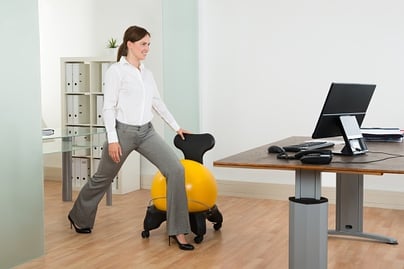 The More You Move, the Healthier You Can Be
The More You Move, the Healthier You Can Be
As kids, play and exercise were more active for many of us in the olden days. Some of us couldn’t sit still for five minutes and were constantly moving. It was part of the job! With that being said, there were some kids who ate food as if they had a hollow leg and never gained as much as an ounce of fat. It’s not challenging to correlate the links between activity, metabolism, and wellness; the more daily exercise you have in your life, the more control you can have of your overall health (and excessive sitting has many risks).
Furthermore and along the same lines, the decline of activity in our lives can almost always parallel the decline of not only health, but also muscular development, body composition and resting metabolic rate numbers, and increased chances for injury. Without a doubt, nutrition is key to improving overall body composition, but without exercise, often we see many consequences that can leave us dissatisfied with our well-being.
How to Sit Less
My challenge to you: SIT LESS. During your daily routine, try to move more and be idle less. At the gym, if you have an exercise that includes sitting, find a way to work the same muscle group standing up. An example of this would be a standing chest press on one of the dual cable cross machines. Not only are you working chest, shoulders, and triceps, but you are also developing core and balance, which might not be achieved using conventional chest press machines. This is just one example out of hundreds of exercises that can change and challenge your fitness game plan.
If you are interested in learning more about these types of exercises that can get you up and moving, contact a Health Fitness Specialist or personal trainer at NIFS. While an HFS can make your personalized workout exciting and safe, personal training can take your fitness experience to the next level with motivation and accountability. Whatever the case may be, TAKE A STAND, for your health.
Muscleheads, rejoice and evolve!


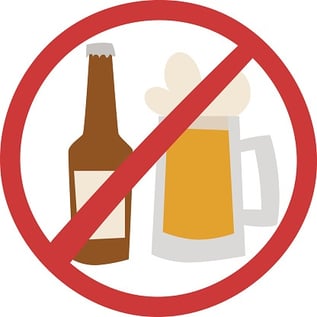 The curiosities of the human body never cease to amaze. Today’s topic is alcohol and its effect on fitness performance. Seems like a fairly straightforward and easy concept to grasp, but just as I find more details there seems to be more head scratching, mostly from the historical aspect and how we have evolved to today’s ideals.
The curiosities of the human body never cease to amaze. Today’s topic is alcohol and its effect on fitness performance. Seems like a fairly straightforward and easy concept to grasp, but just as I find more details there seems to be more head scratching, mostly from the historical aspect and how we have evolved to today’s ideals. 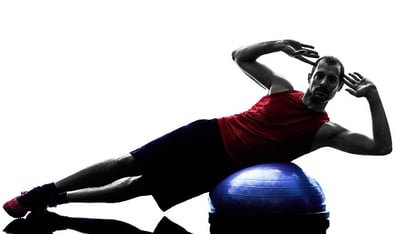 Greetings, NIFS friends. We have passed the midway point in the calendar year 2016, and I hope that you have been successful in meeting some of your yearly goals as well as making new ones. During this time of year, we find outdoor and recreational exercise more readily available and appealing, understandably, and because of this, there is time for the occasional spare moment for yours truly to ponder (by ponder, I mean BLOG!).
Greetings, NIFS friends. We have passed the midway point in the calendar year 2016, and I hope that you have been successful in meeting some of your yearly goals as well as making new ones. During this time of year, we find outdoor and recreational exercise more readily available and appealing, understandably, and because of this, there is time for the occasional spare moment for yours truly to ponder (by ponder, I mean BLOG!).  What Is Functional Training?
What Is Functional Training?
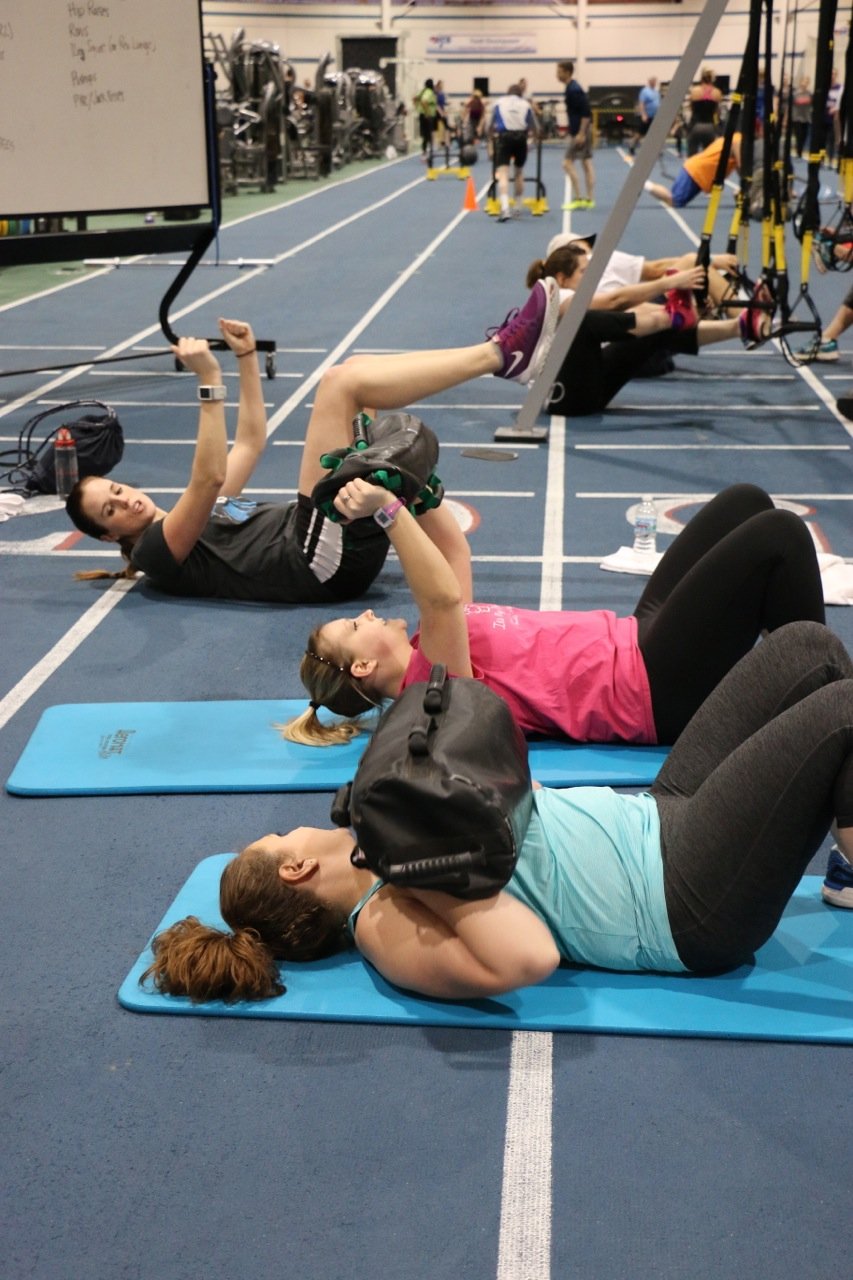 To begin, let us visualize a scenario: the sound of weights moving; bodies exercising yet moving in unconventional patterns; and grunts and groans from fitness enthusiasts, gurus, and wannabes alike. The setting is unlike any you have experienced, because there are hundreds of people, exactly like you, motivated to not only learn about fitness and new exercises, but also driven to get better (both physically and mentally) from a personal standpoint.
To begin, let us visualize a scenario: the sound of weights moving; bodies exercising yet moving in unconventional patterns; and grunts and groans from fitness enthusiasts, gurus, and wannabes alike. The setting is unlike any you have experienced, because there are hundreds of people, exactly like you, motivated to not only learn about fitness and new exercises, but also driven to get better (both physically and mentally) from a personal standpoint.  My fitness bucket list was created using
My fitness bucket list was created using 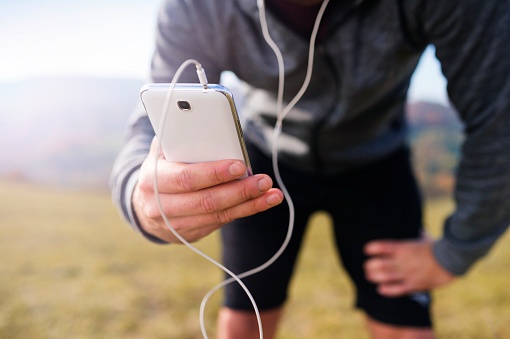 Salutations, NIFS friends. Picture yourself running across the finish line or standing on the winner’s podium at a major marathon event, scoring a touchdown in the Super Bowl, or even finishing up your final set of EZ Bar preacher curls. (Wait, what was that?) Now that you are wondering what I am getting to here, I must say that all three of those events have something in common, and that is the accompaniment of music.
Salutations, NIFS friends. Picture yourself running across the finish line or standing on the winner’s podium at a major marathon event, scoring a touchdown in the Super Bowl, or even finishing up your final set of EZ Bar preacher curls. (Wait, what was that?) Now that you are wondering what I am getting to here, I must say that all three of those events have something in common, and that is the accompaniment of music. 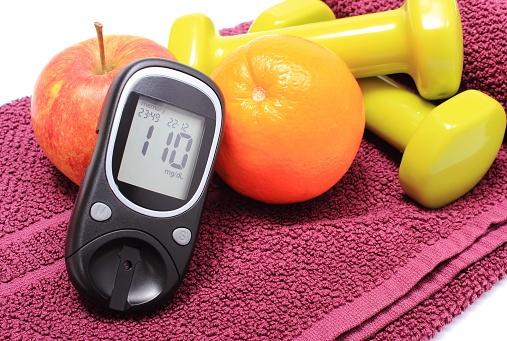

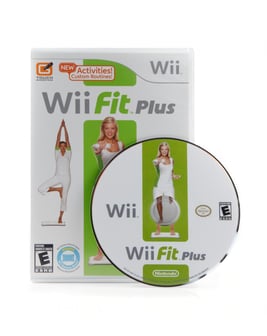 Several years ago the Nintendo Company introduced its newest entry into the video game market with the
Several years ago the Nintendo Company introduced its newest entry into the video game market with the 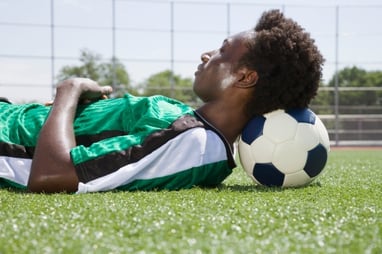 The question I have is, “Do athletes and individuals with higher fitness aspirations need more, less, or the same amount of sleep as everyone else?” Although not many studies have been conducted on the topic, the Gatorade Sports Science Institute published an article entitled
The question I have is, “Do athletes and individuals with higher fitness aspirations need more, less, or the same amount of sleep as everyone else?” Although not many studies have been conducted on the topic, the Gatorade Sports Science Institute published an article entitled